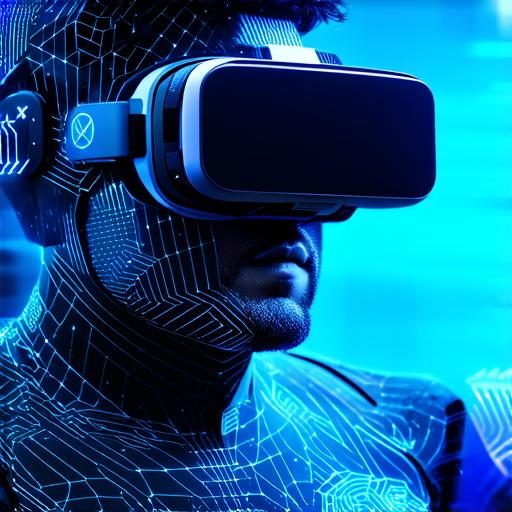
When will virtual reality become accessible?
Virtual reality (VR) is an exciting technology that has been around for a few years now. It allows users to immerse themselves in a simulated environment and experience things that they may not be able to otherwise.
However, one of the biggest challenges facing VR is its accessibility. As virtual reality developers, we want to create experiences that are accessible to everyone, but there are still some obstacles that need to be overcome.
One of the biggest barriers to VR accessibility is cost. Virtual reality systems and headsets can be quite expensive, making them inaccessible to many people. However, there are signs that this may be changing soon.
For example, Google recently announced a new line of affordable VR devices that could make it easier for people to get started with VR. Additionally, as technology advances and more companies enter the market, prices are likely to come down even further.
Another challenge facing VR accessibility is motion sickness. Many people experience nausea or dizziness when using virtual reality, which can be a major turnoff.
However, researchers are working on developing ways to reduce motion sickness and make VR more comfortable for everyone. For example, some VR systems now use advanced tracking technology to adjust the environment based on your movements, which can help reduce motion sickness.
As virtual reality developers, we also have a role to play in making VR more accessible.
One way to do this is by creating experiences that are designed specifically for people with disabilities. For example, there are already VR games and simulations that are tailored to people with visual or hearing impairments. By continuing to develop these types of experiences, we can help make VR more inclusive and accessible to everyone.
Another way to make VR more accessible is by creating content that is specifically designed for mobile devices.
With the rise of smartphones and tablets, many people are now using their devices to experience virtual reality. By creating content that is optimized for these devices, we can help make VR more accessible to a wider audience.

In addition to cost and motion sickness, there are also concerns about the long-term health effects of VR. Some studies have suggested that prolonged use of VR can cause eye strain and headaches, among other things. However, it’s important to remember that these effects are generally minor and temporary.
As technology continues to improve, we can expect these types of issues to become less common.
As virtual reality developers, it’s up to us to make sure that our technology is accessible to everyone. By working together to overcome the challenges facing VR accessibility, we can help create a future where virtual reality is a truly inclusive and immersive experience for all.


